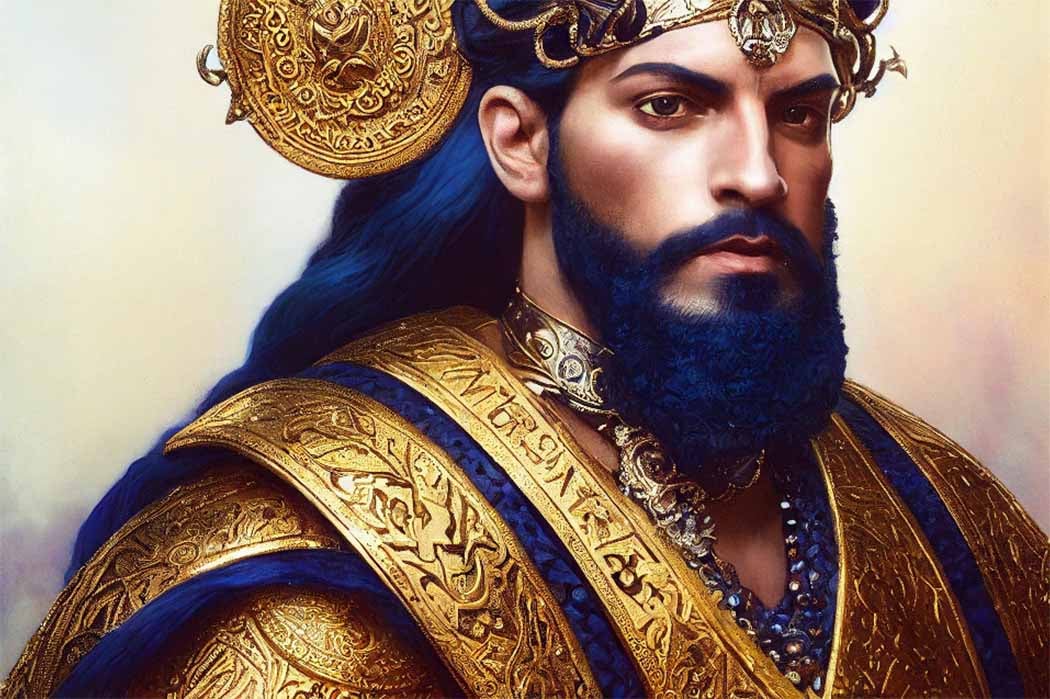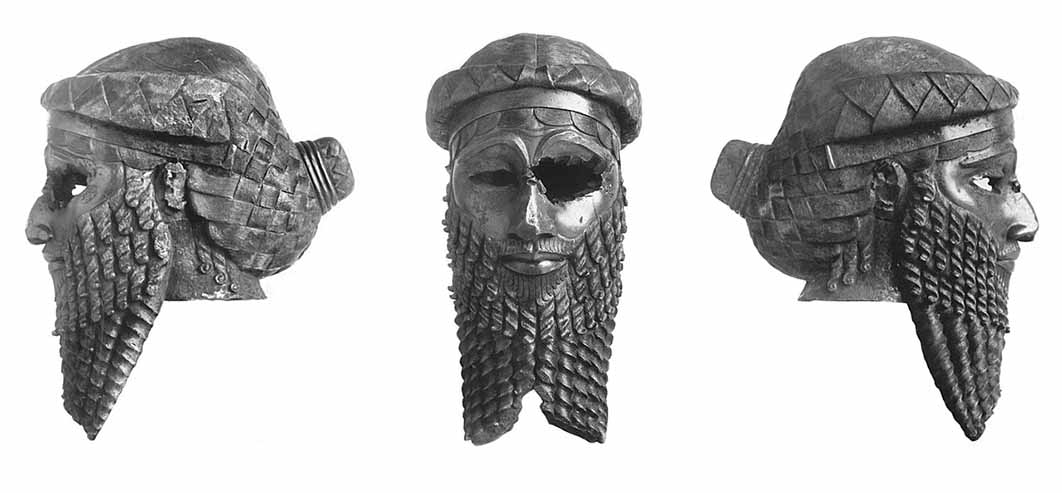
Revealing The Identity Of The King Of Old, Lord Of The Rephaim
‘Lord of the Rephaim’ and ‘King of Old’ alludes to the identity of the King of the Rephaim, enigmatic beings that to this day are not fully understood. In the biblical tradition they are equated with the notorious Nephilim. Could one actually trace the identity of this king? The Rephaim are mentioned in biblical and Phoenician tradition as well as in the Ugarit texts, where they are called the Rephaim texts. These texts provide deeper insights into these much discussed beings. Once studied, however, the texts actually generate more questions than answers, many of them new and quite challenging.

Who is the King of Old of the Ugarit texts? (Francis Valadj/ Adobe Stock)
Scholars can to this day not agree on the nature of these beings. Some interpret the word, ‘Rephaim’, as “Healers”, others as “Princes” and still others as “Hale/Vigorous Ones” or “Heroes”. In keeping with the biblical tradition and the Amorite background of the texts, the current author is inclined to take the word, ‘Rephaim’, as having been derived from the Akkadian word, raba’um, meaning “to be large, great”, also the origin of the Amorite title, rabûm, meaning “chief, leader”. It could have referred to both living as well as deceased heroes. This interpretation stands in contrast with the one explaining the word as having been derived from the root rp, meaning “to heal”.

Royal Ugarit Palaces Archives (Dosseman/ CC BY-SA 4.0)
Lord of the Rephaim
The leader of the Rephaim is called MLK (King) or “MLK [King] of Old” in the Ugarit texts. He appears in the company of the deities Baal and Anat, the Canaanite version of Adad and Ishtar. In the text CTA 22B one reads: “There they register the name of the divine dead, Register in reverence the name of the divine heroes. There assemble Baal’s Rephaim, Baal’s Soldiers and Anat’s Soldiers. There comes the Mighty One Prince MLK the wise.”
Strikingly, MLK is portrayed here as the leader of the Rephaim. If the name, Rephaim, has a meaning similar to rabûm, or “chief, leader”, these Rephaim might have been deceased Amorite heroes or kings, who were led by MLK. This reminds of other lists of dead kings, headed by the great and famous Akkadian kings, used in similar funerary circumstances. Among these are the lists of sarrani from Mari and the Hurrian-Hittite šarrena (kings) from Hattuša. In the Mariote list, only Sargon and Naram-Sin, who head a list of dead Amorite kings, are named, the same as MLK having been the leader of unnamed Rephaim heroes. The agreement between all these lists is especially evident if MLK is identified with Sargon or Naram-Sin.

Mask of Sargon or his son Naram-Sin restored (Public Domain)




